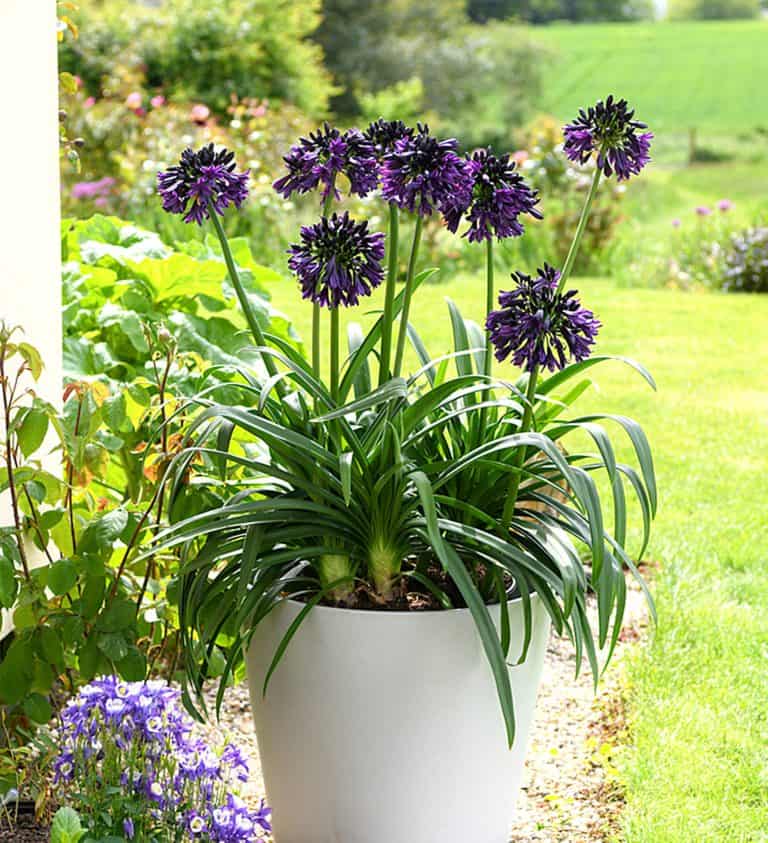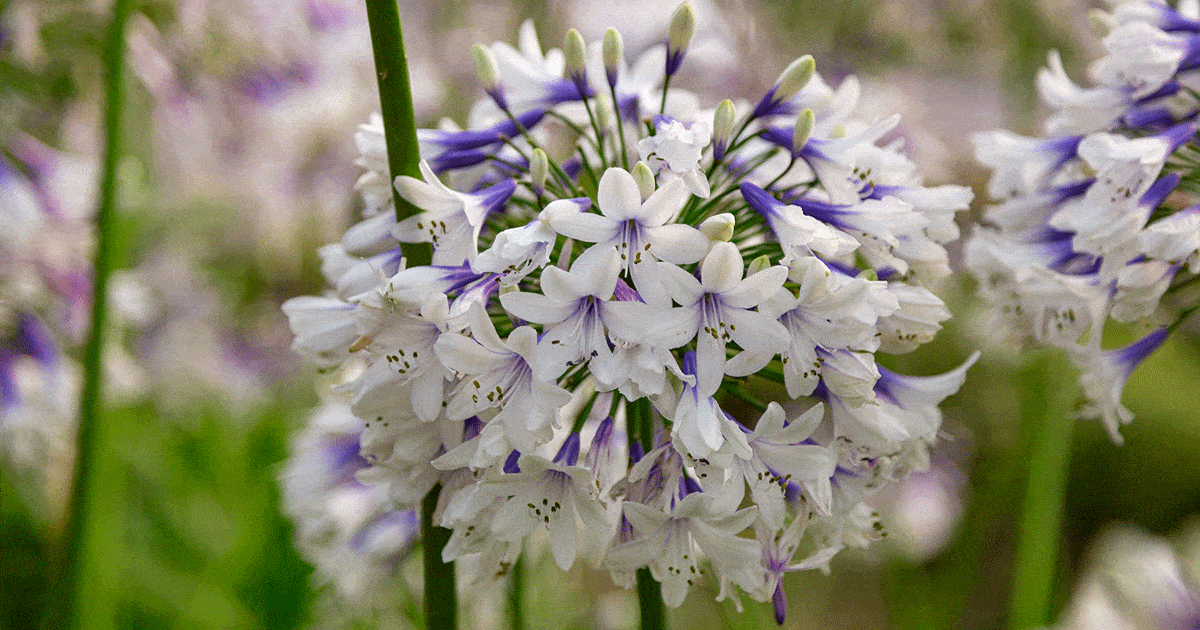Expanding Agapanthus: A Total Overview to Beautiful Blooms
Expanding Agapanthus: A Total Overview to Beautiful Blooms
Blog Article
Mastering the Art of Agapanthus Treatment: Important Steps for Healthy Growth and Lively Blossoms
In the world of cultivation, the cultivation of agapanthus stands as a fulfilling endeavor for those who seek to nurture these stylish blooming plants. From picking the appropriate selection to grasping pruning strategies, the trip in the direction of cultivating thriving agapanthus plants is diverse and holds the vital to unlocking the complete potential of these botanical gems.

Picking the Right Agapanthus Variety

When picking the ideal Agapanthus selection for your yard, think about variables such as climate viability, bloom color, and development habit. Additionally, think about the environment in your region to ensure the Agapanthus variety you pick can thrive in your particular problems. Understanding the growth behavior of various Agapanthus ranges is essential for correct placement within your yard.
Suitable Planting Conditions
Considering the optimum environmental demands is crucial for effective Agapanthus farming. Agapanthus plants are delicate to cold temperatures and ought to be protected from frost throughout wintertime months.
To guarantee healthy growth and dynamic flowers, plant Agapanthus light bulbs at a depth of concerning 2-4 inches and room them 8-12 inches apart. Including raw material, such as compost, to the soil can boost drainage and fertility, promoting durable origin growth. Mulching around the base of the plants helps retain dampness and reduces weed development. Routine watering is crucial, particularly throughout the expanding season, to keep the dirt consistently damp however not soaked.
Watering and Feeding Tips
Preserving proper dampness levels and supplying vital nutrients are crucial aspects in the treatment regimen for Agapanthus plants. When it comes to sprinkling Agapanthus, it is vital to strike a balance. These plants like constantly damp dirt however are prone to root rot if overwatered.
Feeding Agapanthus is vital for promoting healthy growth and prolific flowers. Use a well balanced plant food, such as a 10-10-10 formula, in the very early springtime as brand-new development arises. Repeat this application every 6-8 weeks throughout the expanding season. Prevent too much fertilization, as it can lead to lavish foliage at the cost of blooms. Always follow the manufacturer's guidelines for correct dilution and application techniques. By complying with these watering and fertilizing tips, you can guarantee your Agapanthus plants thrive and generate vivid, resilient blossoms.
Trimming Strategies for Agapanthus
Pruning Agapanthus plants at the proper times and with correct methods is critical for keeping their wellness and advertising optimum development and blooming. The perfect time to prune Agapanthus remains in late winter months or very early spring prior to Read Full Report new development arises. Start by eliminating any dead or yellowing leaves near the base of the plant. Cut them as close to the ground as feasible without harming the arising shoots.
Deadheading invested flowers can likewise reroute the plant's energy into producing even more blossoms rather than establishing seeds. If you want to gather seeds for breeding, leave some flowers to mature and dry on the plant.
Bear in mind to utilize clean, sharp tools to make precise cuts and reduce the threat of introducing diseases. Agapanthus. Regular pruning will certainly aid maintain your Agapanthus looking healthy and balanced and neat while ensuring a plentiful display of gorgeous flowers
Taking Care Of Typical Bugs and Conditions
After making sure correct trimming strategies for Agapanthus, it is vital to attend to common pests and conditions that can impact the health and vigor of these plants. Agapanthus plants are typically durable however can still succumb specific learn the facts here now issues. One usual parasite that influences Agapanthus is the Agapanthus gall midge. This small, orange fly lays its eggs in the foliage, resulting in altered growth and blossom buds that fail to open up. To battle this insect, prune and damage any kind of damaged plant components and take into consideration using insecticidal soap.
Furthermore, Agapanthus plants can experience from root rot if they are planted in poorly draining pipes dirt. By being watchful and taking timely activity versus diseases and insects, you can help your Agapanthus plants prosper and create lively blossoms. Agapanthus.

Verdict
In conclusion, grasping the art of agapanthus treatment includes selecting the best selection, supplying optimal growing conditions, appropriate watering and feeding, suitable trimming techniques, and attending to typical pests and illness. By adhering to these essential steps, you can make certain healthy growth and dynamic blooms for your agapanthus plants. Remember to frequently keep track of and preserve your plants to advertise their general health and durability.
To guarantee healthy and balanced development and vibrant blooms, plant Agapanthus light bulbs at a depth of regarding 2-4 inches and space them 8-12 inches apart. By following these watering and feeding pointers, you can guarantee your Agapanthus plants flourish and create vivid, resilient blooms.
One typical bug that impacts Agapanthus is the Agapanthus gall midget. Furthermore, Agapanthus plants can suffer from root rot if they are planted in poorly draining soil. By following these important actions, you browse around this web-site can make certain healthy and balanced development and dynamic flowers for your agapanthus plants.
Report this page